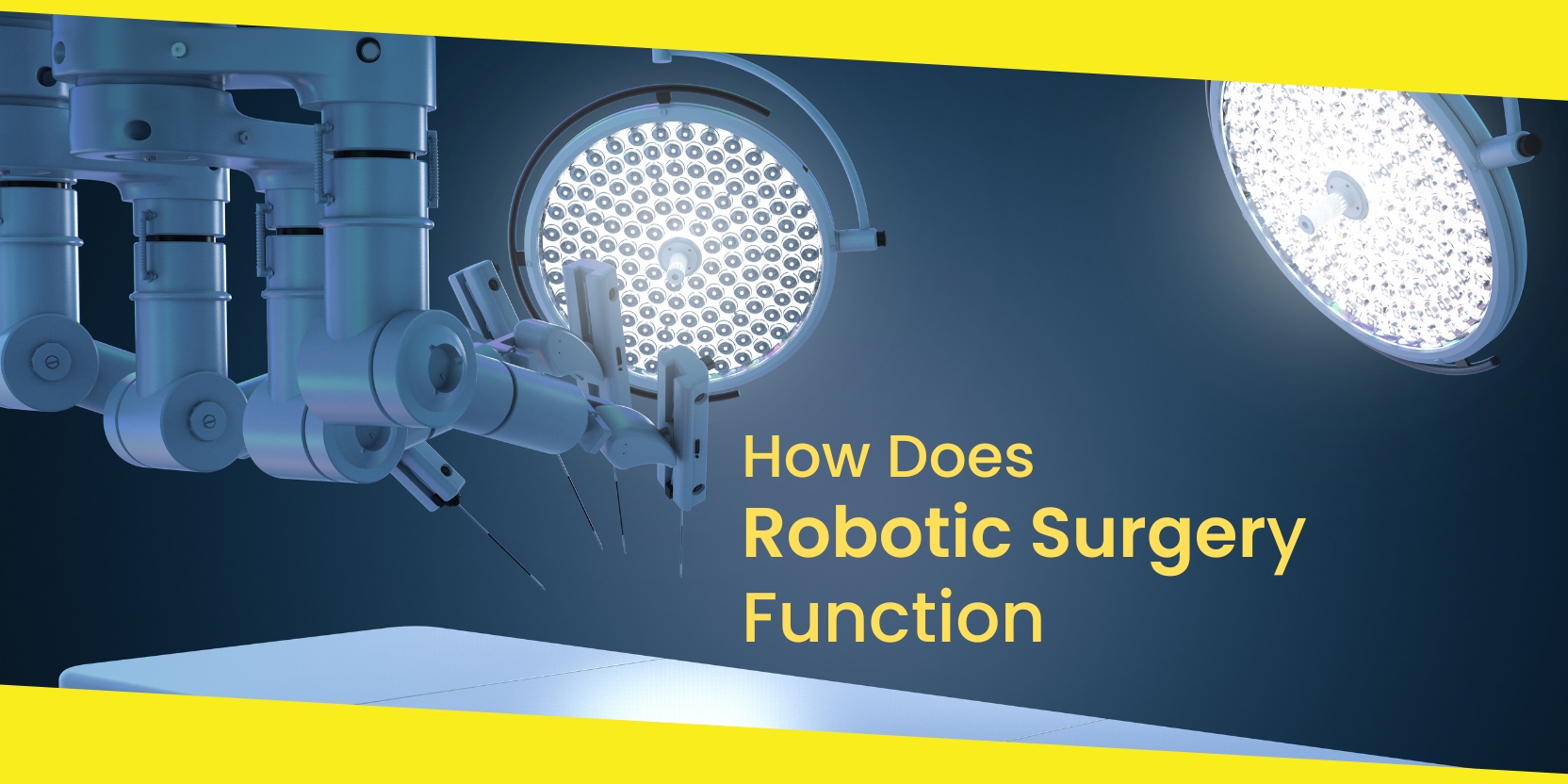How Does Robotic Surgery Function
Robotic surgery systems perform procedures using mechanical arms. A camera is linked to one arm, while the other arms clasp tiny surgical equipment. The specialist sits at a nearby console, controlling the arms and viewing the operating site in high-definition 3D. Remember that your doctor is always in command of the robot. It can only do what the surgeon tells it to and cannot make its own judgments. Moreover, doctors must be trained to use robotic surgery Dallas equipment.

Contents
ToggleUnderstanding robotic surgery
Doctors often use robotic surgery during treatments that require minor incisions or cuts (minimally invasive surgery). However, it is also utilized in conventional surgery. Since the 1970s, robots have been used in surgery. NASA initially funded research to investigate robotic-assisted surgery for astronauts and warriors who cannot access human doctors. Researchers have also investigated the use of this form of surgery in natural catastrophes.
Benefits of robotic surgery
1. Maximum precision
In contrast to the old technique, in which doctors are not always correct, robotic surgery allows surgeons to execute a proper treatment. Because they function in a specific location without interfering with other areas, the high degree of precision reduces the chance of mistakes and speeds up the healing process. The capacity to apply three-dimensional technology and precision to operate the correct region determines accuracy.
2. Minimal invasion
Robotic surgery has fewer incisions, which implies that the healing period is shorter than traditional surgery, which entails substantial open cuts, which lengthens the healing time. The degree of discomfort and harm to the surrounding tissues is minimized. Robotic surgery also reduces the risk of infection since there are fewer contaminations between the patient and the doctor or nurses throughout the procedure. Moreover, there is reduced blood loss, requiring fewer blood transfusions.
3. Fewer issues
Unlike open surgery, which involves the physician cutting open a large region and risking infection, robotic surgery keeps the incision tiny and easier to monitor. Some issues, such as significant blood loss, are reduced by robotic surgery, allowing the patient to recuperate quickly, resulting in high patient satisfaction.
Difference between robotic and traditional surgery
The procedures used by your surgeon to perform your operation are comparable to open surgery. The key distinction is how your surgeon enters the surgery site. Your surgeon will make little incisions rather than huge ones. Another difference is that surgical instruments require less room to function. This also reduces the need to move your muscular tissue and organs.
Robotic surgery has fewer incisions, which implies that the healing period is shorter than traditional surgery, which entails substantial open cuts, which lengthens the healing time. The degree of discomfort and harm to the surrounding tissues is minimized. Robotic surgery also reduces the risk of infection since there are fewer contaminations between the patient and the physician or nurses throughout the procedure. Additionally, there is reduced blood loss, requiring fewer blood transfusions.
Many people fear surgery because they are concerned about various hazards, such as recovery time and blood loss. However, if you have undergone surgery and do not want to take forever to heal, you might be a good candidate for robotic surgery. Call Michael Sutker, MD, to schedule your consultation today to determine if robotic surgery is right for you.
Recommended For You
Virectin Reviews: Most Effective Testosterone Boosting Supplement
Most Inside
Most Inside offers high-quality recommendations and valuable updates to enhance all aspects of your life, providing premium guidance and enriching experiences.




